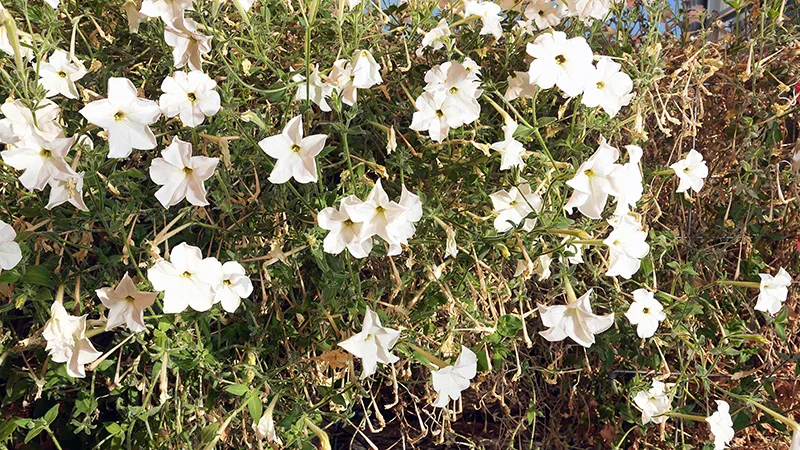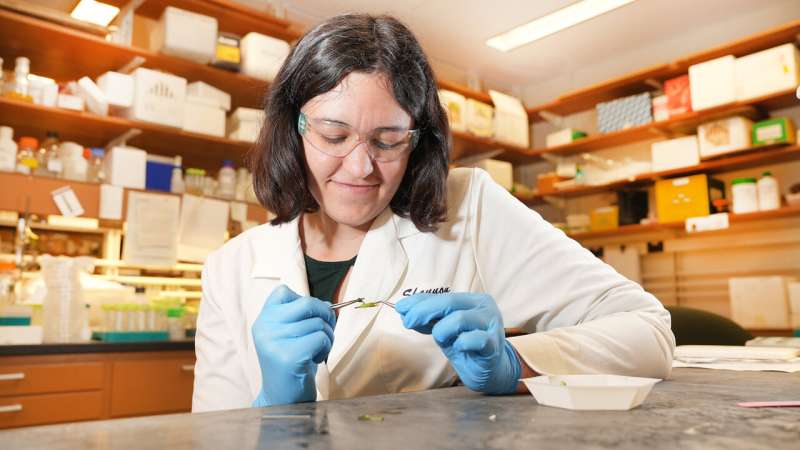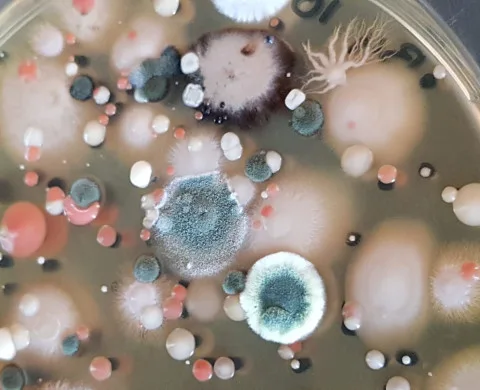
Plants have a complex and in interesting biochemical communication networks. The workings of these networks resemble our web of social networks. Like we chat through words and sounds and emojis, the flora makes use of scents and signals.
For communicating, the plants employ use of a certain chemical called, “Volatile”. As the name suggests, the compound evaporates into gas or vapor at relatively low temperature. This chemical plays a crucial role in:
- Plant communication: sharing information about threats or otherwise with the neighbouring plant kingdom.
- Defence mechanisms: sending out distress signals when they’re under attack by pests. The signals include producing toxins or strengthening cell walls to fend off the attackers.
- Captivating pollinators: attracting helpful insects for pollination.
- Other biological processes: volatile compounds also contribute to seed dispersal by attracting seed-dispersing animals or birds. And they also show involvement in interactions with beneficial microbes in the soil. Thus, influencing nutrient uptake and plant growth.
Plants Communicate and Immunize Against Pathogen Attacks
Plants have a fascinating way of communicating with each other, this also includes, pathogen attacks. Generally, when a neighbouring plant receives the cues regarding such attacks, it wont surface any changes. However, if that plant gets infected later, it reacts much quicker. It’s quite similar to how immunization works, explained Natalia Dudareva, Professor of Biochemistry and Horticulture at Purdue.
For a while, plant scientists knew about the immunization process in plants. But until recently, they couldn’t study it because they lacked a way to show that plants had sensed the volatile compounds. There was no clear sign or any indicator that could detect this process.
Lately, the things have taken an interesting turn. A group of scientists from Purdue University, has discovered how petunias talk to each other using special compounds called volatile organic compounds.

Petal Communication
In petunia flowers, there are many sugars on the stigma, which is a part of the flower. It is located at the center of a flower and helps to collect pollen. The sugars present on it help bacteria grow well. However, when certain smells, in this case, “volatiles”, are missing, the stigma becomes smaller.
This shows that there is communication happening between different parts of the flower. By looking at the size of the stigma, the researchers can study this communication process better, said Dr. Dudareva.
Petunias’ Unique Pathway and Receptor
Shannon Stirling, a Ph.D. student at Purdue, found that petunias’ stigma size changes when exposed to certain scents. This hints at a special pathway in petunias linked to these scents.
She also noted that a pathway similar to one activated by burnt plants plays a role. Even though the petunias weren’t exposed to smoke.
The team showed this pathway is important for sensing certain scents like sesquiterpenes, used by many plants for communication.
They were surprised to find a receptor in petunias that can sense specific scents but not their mirror images, a unique ability called “stereospecificity,” according to Matthew Bergman, another researcher at Purdue.
Stereospecificity, in this case, means that the receptor can distinguish between different forms of the same chemical, even if they look similar. This ability allows the receptor to selectively react to certain compounds while ignoring others that may have a similar structure but are arranged differently.

Takeaway
Plants interaction with each other through scents, is an interesting research area. Its in-depth examination will surely lead to better understand plant interactions and ecosystem dynamics.
The insights may also have implications for environmental conservation and restoration efforts. In addition to potential applications in improving crop resilience, environmental monitoring, and sustainable ecosystem management.
Via: Purdue University



